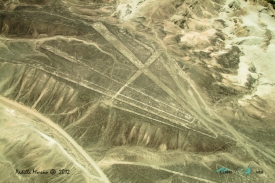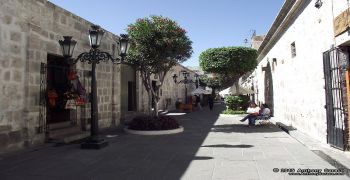ABOUT Belém Tower
Belém Tower (Portuguese: Torre de Belém, pronounced [ˈtoʁ(ɨ) dɨ bɨˈlɐ̃ȷ̃]), officially the Tower of Saint Vincent (Portuguese: Torre de São Vicente) is a 16th-century fortification located in Lisbon that served as a point of embarkation and disembarkation for Portuguese explorers and as a ceremonial gateway to Lisbon. It was built during the height of the Portuguese Renaissance, and is a prominent example of the Portuguese Manueline style, but it also incorporates hints of other architectural styles. The structure was built from lioz limestone and is composed of a bastion and a 30-metre (98.4 ft), four-storey tower.
Since 1983, the tower has been a UNESCO World Heritage Site, along with the Jerónimos Monastery. It is often portrayed as a symbol of Europe's Age of Discoveries and as a metonym for Portugal or Lisbon, given its landmark status. It has incorrectly been stated that the tower was built in the middle of the Tagus and now sits near the shore because the river was redirected after the 1755 Lisbon earthquake. In fact, the tower was built on a small island in the Tagus river near the Lisbon shore.
Since 1983, the tower has been a UNESCO World Heritage Site, along with the Jerónimos Monastery. It is often portrayed as a symbol of Europe's Age of Discoveries and as a metonym for Portugal or Lisbon, given its landmark status. It has incorrectly been stated that the tower was built in the middle of the Tagus and now sits near the shore because the river was redirected after the 1755 Lisbon earthquake. In fact, the tower was built on a small island in the Tagus river near the Lisbon shore.










